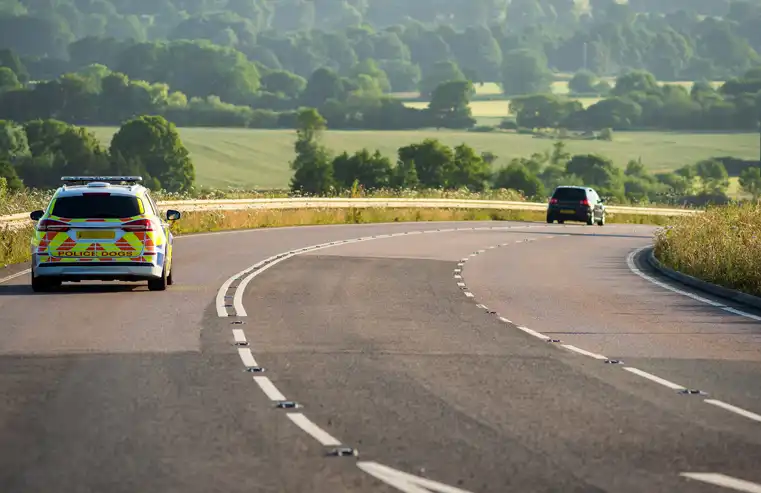- Conveyancing
- Family Law & Divorce
- Wills, Probate & Trusts
-
- Wills, Probate & Trusts
- Will Writing
- Probate
- Trusts
- Powers of Attorney
-
 Wills from £204
Wills from £204
-
 Probate
Probate
-
- Criminal & Motoring
-
- Criminal & Motoring
- Criminal Defence
- Motoring Offences
-
 Motoring Offences
Motoring Offences
-
 Criminal Defence
Criminal Defence
-
- All Personal Services
- Business Services
John Barkers
Solicitors Chesterfield
John Barkers solicitors offers tailored legal advice to the Chesterfield area. With over 130 years of experience, you can be sure that you are receiving high-quality and reliable legal services at an affordable price. Our aim is always to provide a personalised service with outstanding value for money. We also understand that everyone has different needs and communication preferences, so we offer flexible options - whether it's video call, telephone or email.
We are committed to making your legal journey as stress-free and straightforward as possible: our team will listen carefully to your individual situation and come up with a plan that works best for you. By choosing John Barkers solicitors, you can have peace of mind knowing that you are supported by an experienced and professional solicitors firm with a wide breadth of expertise.
Contact: Live Chat, Video Call, Email, Telephone
Open: Monday to Friday 9am - 5pm
Call today: 01246 389444












